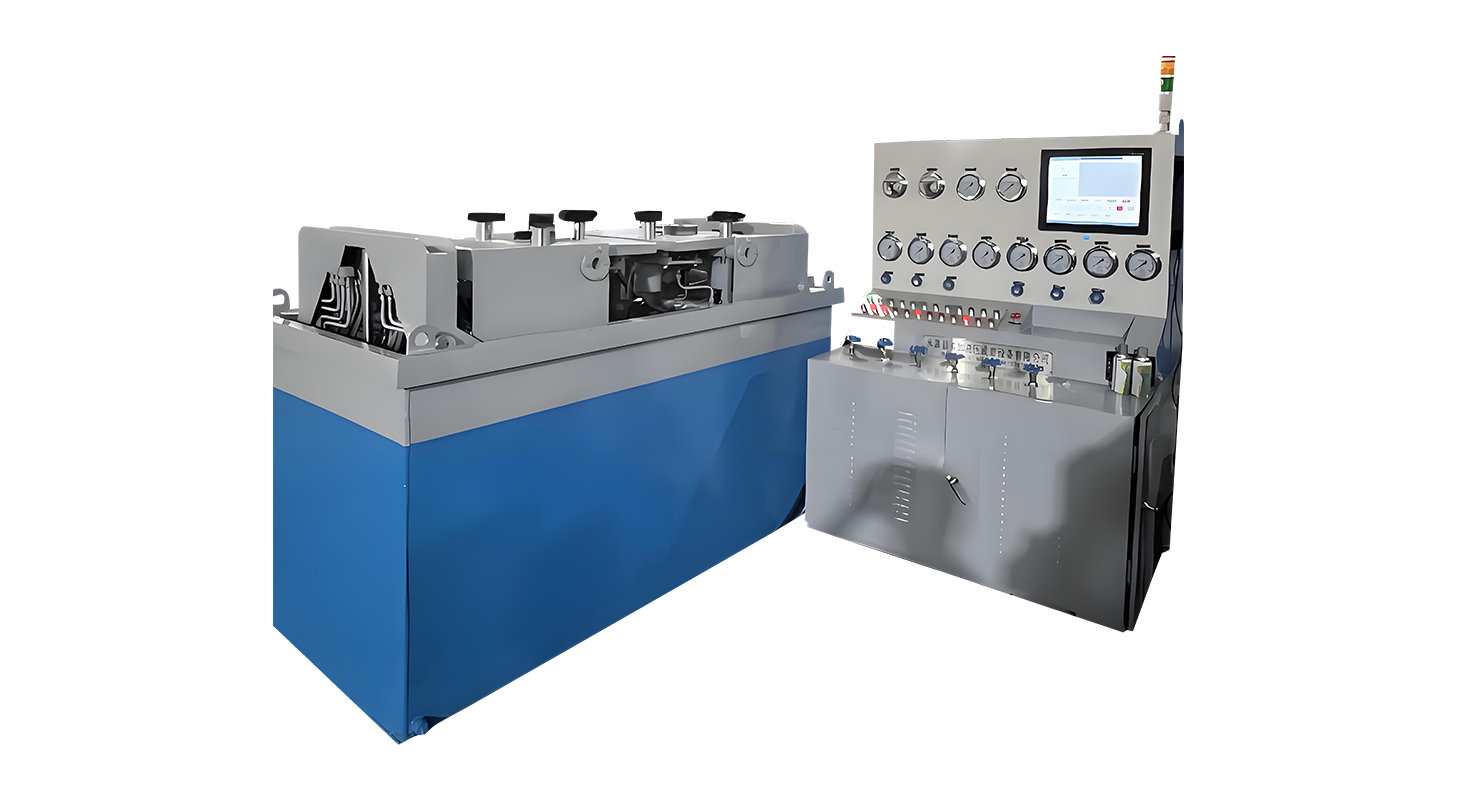Jun 25, 2025
Valve testing plays a crucial role in ensuring the safety, reliability, and efficiency of fluid control systems across various industries. Accurate valve testing provides confidence that valves will perform as expected under operational conditions. Several key factors influence the accuracy of valve testing, including the type of equipment used, environmental conditions, and testing procedures. In this article, we will explore these factors in detail, with particular attention to devices like steam trap testing equipment and compact valve testers, which are commonly used in valve diagnostics.

Importance of Equipment Selection
The foundation of accurate valve testing lies in selecting appropriate testing equipment. Devices such as steam trap testing equipment are specifically designed to detect leaks and evaluate valve performance in steam systems. These devices must offer sensitive and reliable measurement capabilities to detect subtle changes in pressure, flow, or temperature that indicate valve functionality.
Similarly, compact valve testers provide a portable and versatile solution for valve testing in various environments. Their size and design allow easy deployment in tight spaces, which is often a challenge for standard test benches. However, the compactness should not compromise the precision of measurements; therefore, understanding the technical specifications and calibration standards of these devices is essential.
Calibration and Maintenance of Testing Devices
Regular calibration of valve testing instruments is critical to maintain accuracy. Both steam trap testing equipment and compact valve testers must be calibrated against traceable standards to ensure their readings are consistent over time. Calibration should be performed at intervals recommended by the manufacturer or based on usage frequency.
In addition to calibration, routine maintenance is necessary to prevent wear and tear from affecting test results. Components such as pressure sensors, flow meters, and temperature probes can degrade or become contaminated, pilot to inaccurate measurements. Proper cleaning, replacement of worn parts, and verification of sensor integrity contribute to reliable valve testing outcomes.
Testing Environment and Setup
Environmental conditions can significantly affect valve testing accuracy. Temperature fluctuations, humidity, and ambient pressure changes can introduce measurement errors, particularly in sensitive tests involving steam systems. For example, steam trap testing equipment must account for steam temperature and pressure variations to avoid false indications of valve performance issues.
Furthermore, the setup of the valve test is vital. Ensuring proper sealing and connection between the valve and testing device prevents leakage that can skew results. Inadequate connections or improperly configured test rigs may result in inaccurate pressure or flow readings, thus undermining the test’s validity.
Operator Expertise and Procedure Consistency
Human factors also influence valve testing accuracy. Operators must be trained to use steam trap testing equipment and compact valve testers correctly. This includes understanding the device’s functions, interpreting readings, and recognizing conditions that may affect test results.
Consistent testing procedures help less variability between tests. Standard operating procedures (SOPs) should be established to guide valve testing processes, including steps such as pre-test checks, test parameter settings, and post-test data recording. Following these protocols ensures that tests are repeatable and results are comparable across different testing sessions.
Valve Characteristics and Condition
The physical condition and design of the valve itself can impact testing accuracy. Valves with damaged seats, worn seals, or irregular internal surfaces may behave unpredictably during testing, pilot in fluctuating or inconsistent readings. Understanding the valve type, size, and material helps in selecting appropriate test parameters and interpreting results accurately.
Certain valves may require specific testing techniques. For example, steam traps often demand particular attention due to their operation under saturated steam conditions, where testing must differentiate between normal steam discharge and leakage. Using specialized steam trap testing equipment facilitates this distinction.
Data Analysis and Interpretation
Accurate valve testing does not end with data collection; analyzing and interpreting the results correctly is equally important. Testing devices generate numerical and graphical data that need evaluation in the context of valve specifications and operational requirements.
Data trends, anomalies, or deviations from expected values should be carefully examined. For instance, compact valve testers often provide digital interfaces with software tools for data visualization, which aids in identifying subtle issues. Understanding the limitations and capabilities of these analysis tools helps avoid misinterpretation of test outcomes.
Integration with Preventive Maintenance Programs
Valve testing accuracy contributes directly to effective preventive maintenance programs. Reliable test results enable maintenance teams to identify valves that require repair or replacement before failures occur. Incorporating steam trap testing equipment and compact valve testers into routine inspection schedules improves overall system reliability.
When accurate testing data is combined with historical maintenance records, it provides a comprehensive view of valve performance trends. This integrated approach supports informed decision-making about asset management and maintenance priorities.
Valve testing accuracy depends on multiple interrelated factors, ranging from the selection and maintenance of specialized equipment like steam trap testing equipment and compact valve testers, to environmental conditions, operator expertise, valve characteristics, and data analysis practices. By understanding and managing these factors, organizations can ensure that valve testing yields reliable results, thereby supporting safe and efficient operation of fluid control systems. Proper equipment calibration, consistent procedures, and thorough data interpretation form the backbone of accurate valve performance assessment.